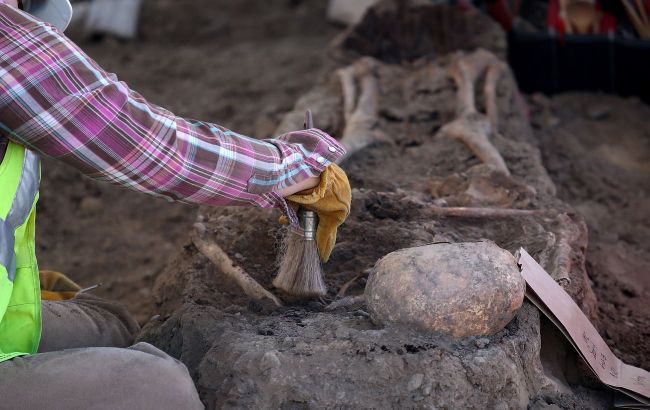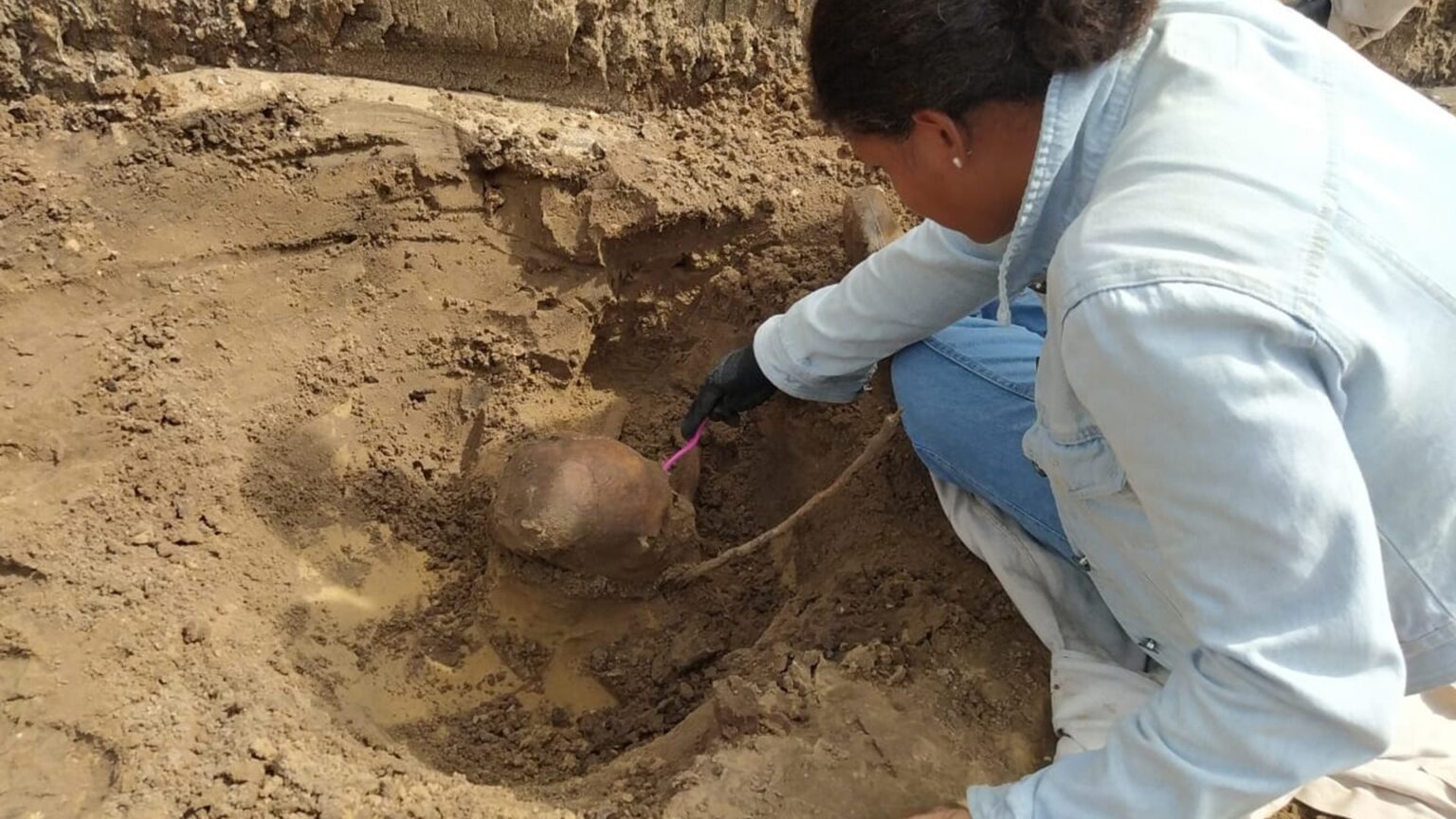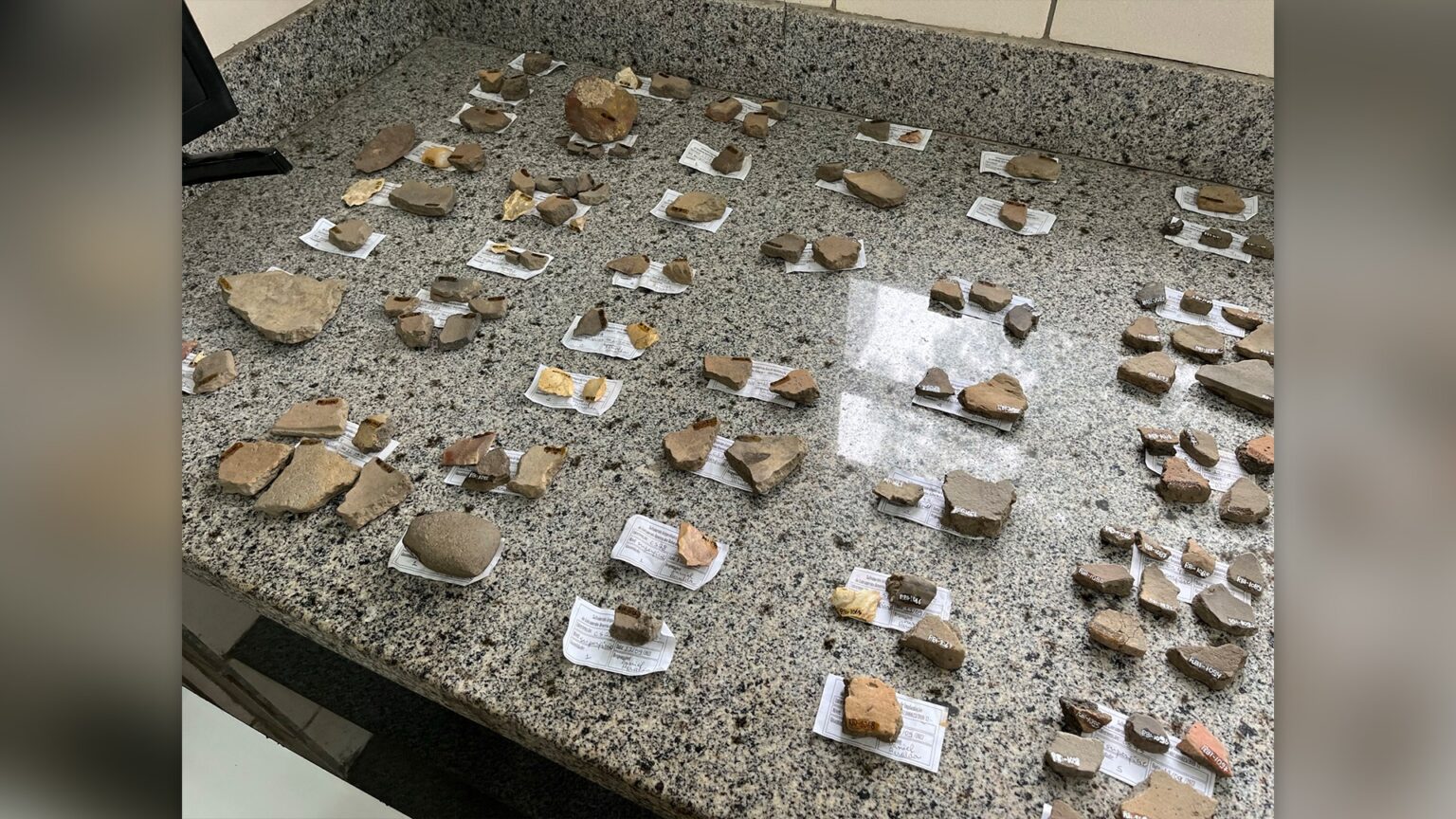Archaeologists discovered burials from Ice Age in Brazil
 The remains of hunter-gatherers who lived 10,000 years ago were found in Brazil (photo: Getty Images)
The remains of hunter-gatherers who lived 10,000 years ago were found in Brazil (photo: Getty Images)
In Brazil, archaeologists have discovered a large cemetery containing the remains of dozens of individuals and numerous artifacts associated with burial rituals. Some of the found artifacts are estimated to be around 10,000 years old, reports Live Science.
Details about the discoveries
In São Luís, the largest city in the state of Maranhão in northeastern Brazil, a burial site was discovered. As a result of excavations, 43 skeletons and approximately 100,000 fragments of various artifacts were found, spanning four different historical periods.

Skeletons found at the burial site (photo: W Lage Arqueologia)
The depth of the burial site varied from 60 centimeters to 2 meters. All the human remains found belonged to individuals of short stature, not exceeding 1.6 meters. Most of them, according to preliminary estimates, were adult males.
"Initial analysis suggests that these were individuals involved in strenuous physical activities, evidenced by bone marks indicating load and extensive mobility," said Wellington Lage, the lead archaeologist of the recent excavations.

Excavations of the burial site (photo: W Lage Arqueologia)
Some of the discovered skeletons belong to an unknown community in scientific circles. Experts speculate that these may be representatives of the ancestors of the Sambaqui people, hunter-gatherers who were previously considered the earliest inhabitants of these shores. These people relied on the natural resources of the sea and built mounds from turtle shells and food remains, with heights reaching up to 30 meters.

The discovered artifacts (photo: W Lage Arqueologia)
Archaeologists already had information that the São Luís area, which translates from the indigenous language as "great island," preserves traces of prehistoric human activity. For instance, in the 1970s, a fossilized jawbone dating back approximately 6,000 years was discovered.
Earlier, we talked about how archaeologists uncovered a lost 2,500-year-old metropolis in the Amazon jungle.
We also reported on the discovery of a giant's grave with a massive sword in Sweden.

